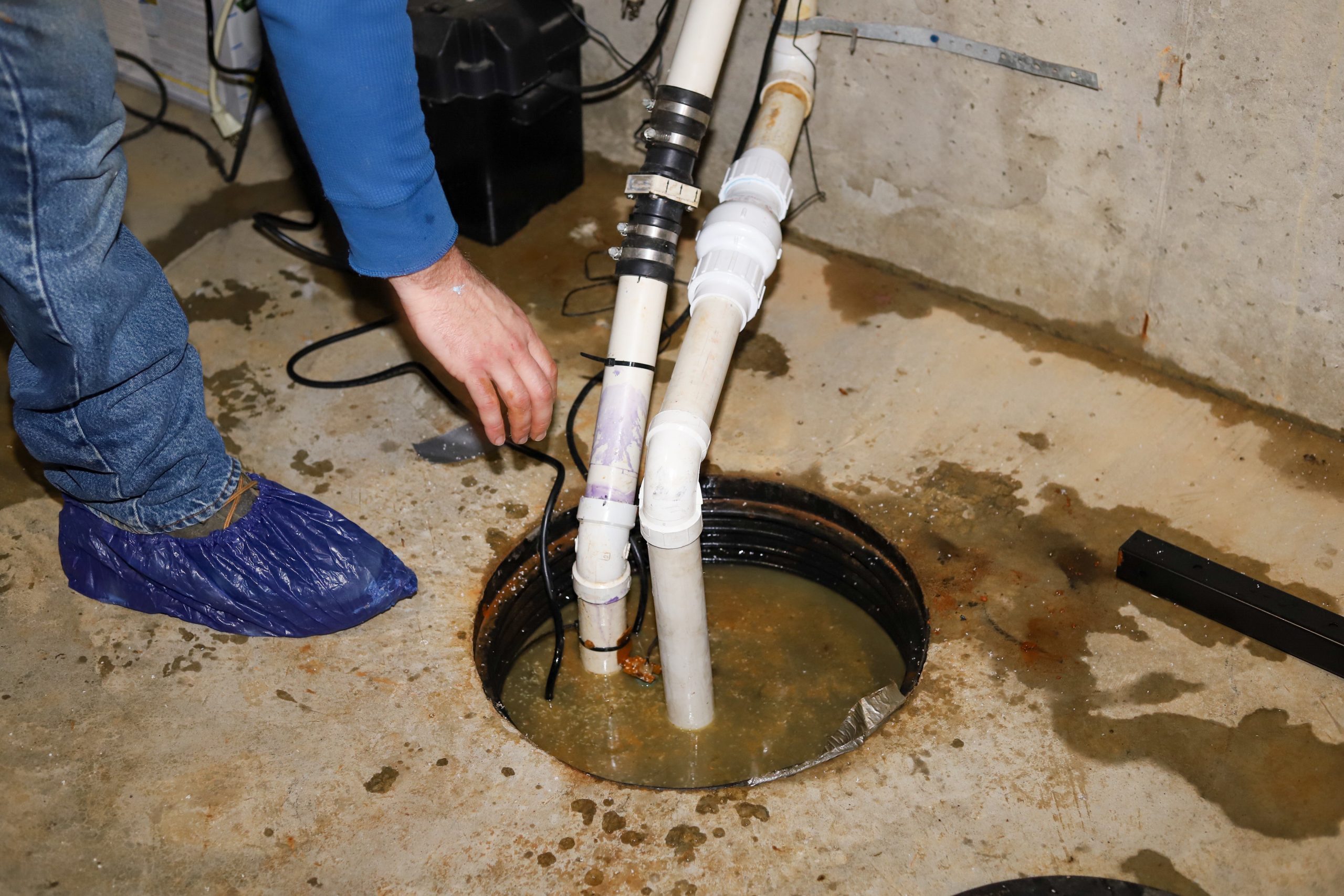 (412) 364-9114
(412) 364-9114

When analyzing an ejector pump vs. a sump pump, it can be a challenge to differentiate the two, as both items look similar, and are often installed right next to each other within a home. Even though it’s mainly advised to leave any maintenance or installation work on these highly technical devices to an expert, it’s still important for homeowners to know the difference, especially in cases of emergencies or repairs. Here are the primary differences between a sewage ejector pump vs. sump pump, as well as what both of them do, and why you need them to begin with.
Both ejector pumps and sump pumps are usually found in crawl spaces or in basements of homes, but both items play very different roles in the overall maintenance of the house, especially to prevent flooding. The purpose of a sump pump is to prevent unwanted water from pooling around the foundation of the home and making its way into your basement or crawl space. Additionally, as sump pumps move water away from your home’s foundation, it prevents the buildup or mold and mildew by reducing the moisture in and around your home. Without it, water will simply sit around your foundation until it evaporates or makes its way deeper in the soil, which can cause structural damage if not handled properly.
Sewage ejector pumps, in comparison, may or may not be needed even if you do have a basement. Whether or not you need a sewage ejector pump depends on where and how your house connects to the sewer line (or septic tank). If the sewage pipes in your home exit your home through your basement floor, you very likely won’t need a sewage ejector pump. However, if your sewage line is above your basement floor AND you have a bathroom in your basement, you’ll need some sort of pump to get that sewage to the main line.
Unlike a sump pump that simply takes the water and drains it somewhere outside of the home, a sewage ejector pump is connected directly to the main sewage line of your home and also features a vent pipe that expels sewer gasses to the outside. Because of this, sewage ejector pumps have much more stringent requirements for proper installation to ensure that sewage and wastewater don’t end up in your home.
As stated before, the roles of both sewage ejector and sump pump come into play when your home has a basement. Since water needs to be removed immediately and promptly in these situations, both items play a role in how that’s achieved. A sump pump is great for protecting your foundation from the damage caused by excess water accumulation, while an ejector pump takes waste water or gray water from the basement of your home and moves it to your main sewer line. Either way, they’re both important fixtures to understand, since flooding and leaks can create extremely expensive repairs for structural damage and other factors like mold or mildew build-up.
A sump pump can help ensure the safety and health of your home and family. Don’t hesitate to contact Super Terry today to schedule an installation!